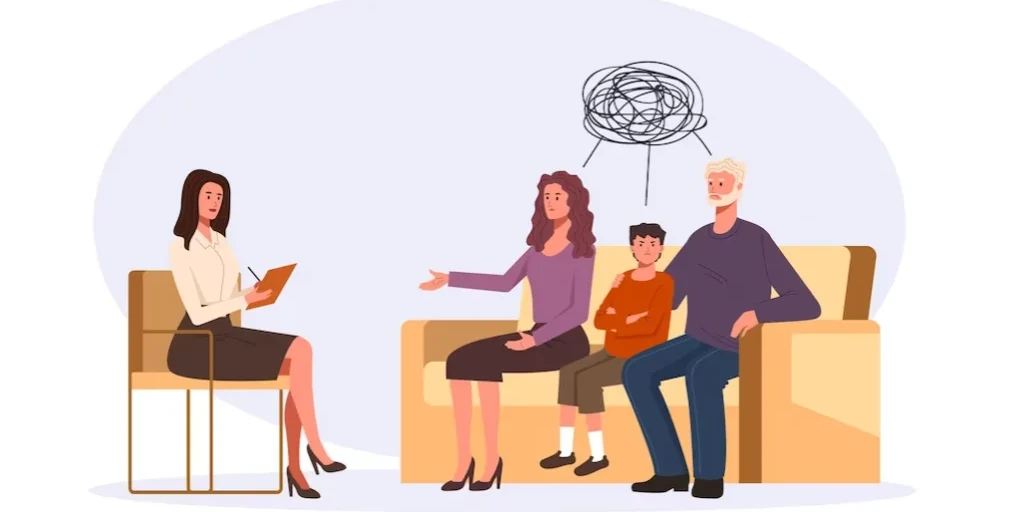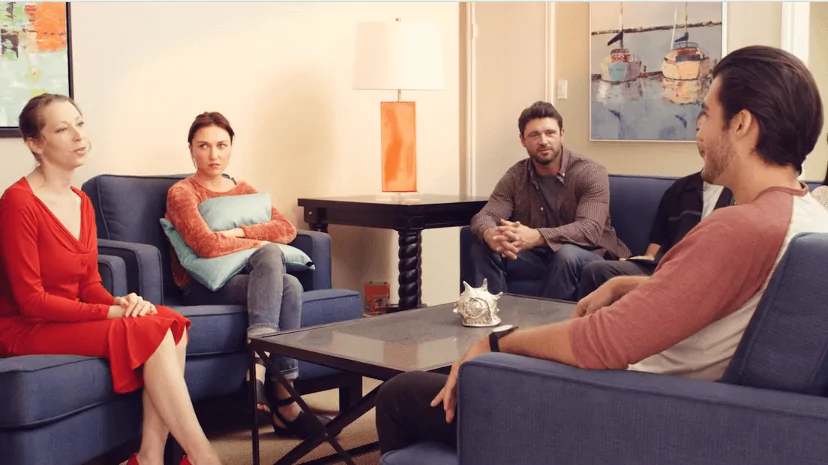24/7 Helpline:
(866) 899-111424/7 Helpline:
(866) 899-1114
Loma, Montana, is a small unincorporated community nestled in Chouteau County County. Located near the confluence of the Milk River and the Marias River, Loma is characterized by its picturesque landscapes and rural charm. With a population of just around 150 residents, the community reflects the quiet, close-knit atmosphere typical of many small towns in Montana. Historically, Loma served as a key shipping point for the Great Northern Railway, fostering growth and development in the region. However, in recent years, the town has faced challenges, notably with drug and alcohol addiction.
The prevalence of substance abuse has echoed across many small towns in the United States, including Loma. Unfortunately, Montana has seen a surge in alcohol addiction and drug-related issues that deeply impact its communities, including Loma. Residents often face a lack of resources and support, making it crucial for local rehab centers to provide necessary addiction treatment. These centers play an essential role in addressing the growing problems of drug addiction and alcohol abuse in the area.
In Loma, the need for accessible rehabilitation facilities is paramount. Many individuals struggling with addiction feel isolated, which can hinder their recovery journey. Dedicated
centers offer support, therapy, and community resources tailored to those battling these challenges. They provide not just medical treatment, but also counseling, workshops, and aftercare support to help individuals reintegrate into society successfully.As awareness of addiction issues continues to grow, the importance of establishing and promoting effective rehab centers in Loma, Montana, cannot be overstated. By fostering recovery, these centers are vital in changing the landscape of addiction treatment and support within the community. As Loma continues to combat drug and alcohol addiction, community members and local leaders are increasingly recognizing the necessity of these facilities in promoting healing and hope.
Learn more about rehab centers inOther Insurance Options

Evernorth

UMR

Humana

Sliding scale payment assistance

Optima

UnitedHealth Group

Health Choice

Meritain

AllWell

Amerigroup

Providence

Health Partners
Beacon

CareFirst

Aetna

Anthem

WellPoint

Magellan

Health Net

Lucent































New Horizon Recovery
New Horizon Recovery is a private rehab located in Fort Benton, Montana. New Horizon Recovery specia...

Azleway Substance Abuse Program
Azleway Substance Abuse Program provides primary chemical dependency counseling and dual diagnoses f...





























